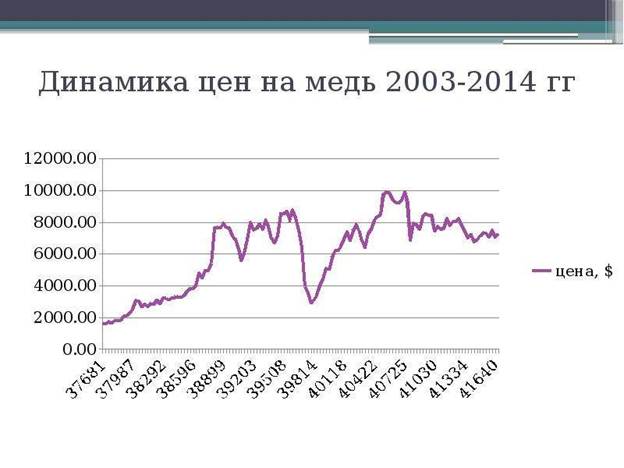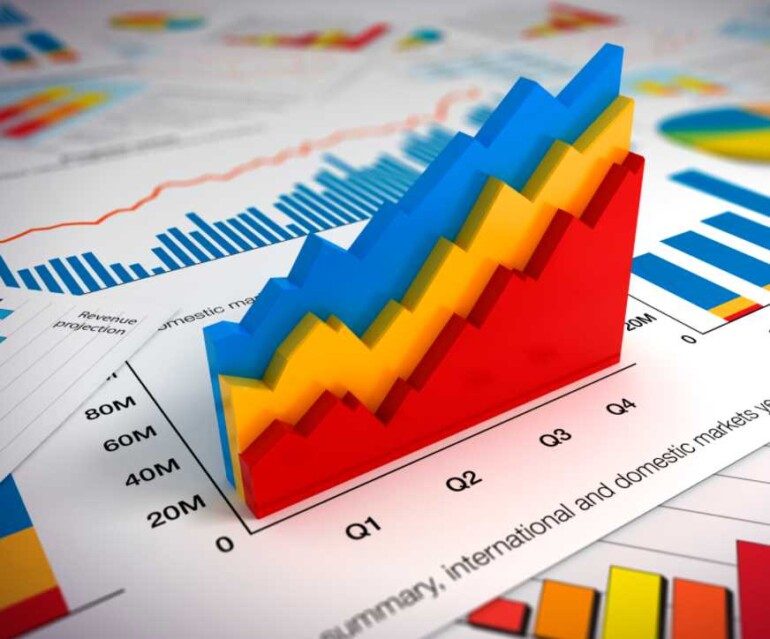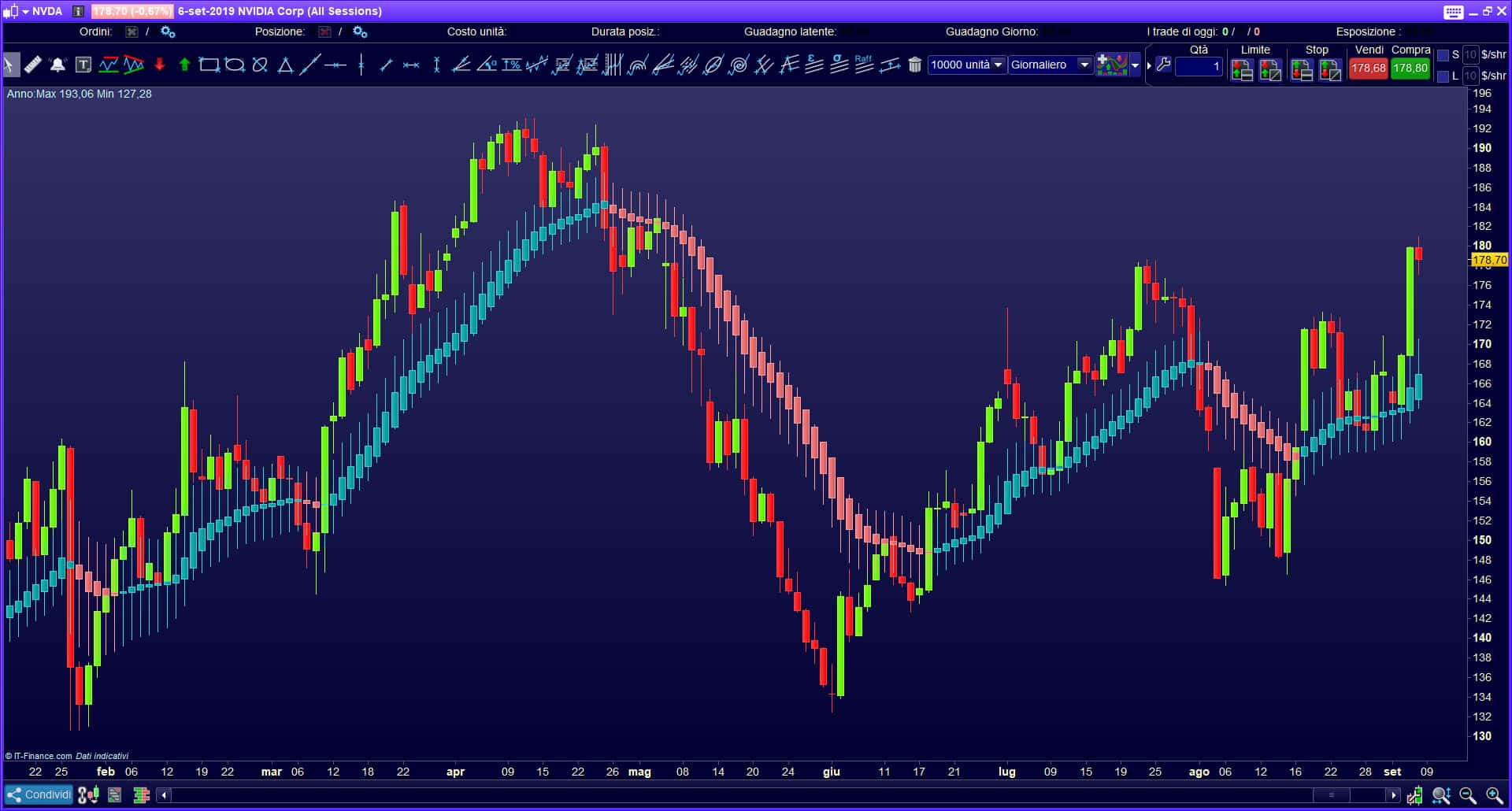The phenomenon where the price of a stock changes during one period every year is the seasonality of the stock. A trader, based on knowledge of changes, gains advantages by identifying the main development trends, identifying market opportunities at a specific time.
What is stock seasonality and how to use it in the stock market
Two main components determine the situation in the stock market. These are financial performance and investor behavior. Analysis of events shows the absence of patterns for a long time. But a short span of similar events in the stock market can be identified by determining the seasonality of the stock based on investor behavior. Investors’ habits change under the influence of many factors. Seasonality affects the price of shares due to a decrease in the activity of traders due to vacations, an increase in their efficiency at the end of the financial year. Traders’ expectations are self-fulfilling, changing the situation in the stock market. Acting on his own initiative, a stock trader uses charts from previous periods for analysis. The identification of asset price changes pushes traders into action during the same period. A pattern appearswhich is one of the factors that should be considered when working with stocks, but do not use it as a fundamental point to determine the development strategy. Seasonality of shares is typical for emerging markets, which include the Russian one. The depth and stability of investor behavior is characteristic of developed countries. In Russia, the main goal of traders is to obtain short-term profits based on speculation. Low liquidity increases stock volatility. A large investor sells securities, the rest join the deal. The stock market becomes vulnerable to external influences, which disturbs stability. but do not use it as a fundamental point for determining the development strategy. Seasonality of shares is typical for emerging markets, which include the Russian one. The depth and stability of investor behavior is characteristic of developed countries. In Russia, the main goal of traders is to obtain short-term profits based on speculation. Low liquidity increases stock volatility. A large investor sells securities, the rest join the deal. The stock market becomes vulnerable to external influences, which disturbs stability. but do not use it as a fundamental point for determining the development strategy. Seasonality of shares is typical for emerging markets, which include the Russian one. The depth and stability of investor behavior is characteristic of developed countries. In Russia, the main goal of traders is to obtain short-term profits based on speculation. Low liquidity increases stock volatility. A large investor sells securities, the rest join the deal. The stock market becomes vulnerable to external influences, which disturbs stability. In Russia, the main goal of traders is to obtain short-term profits based on speculation. Low liquidity increases stock volatility. A large investor sells securities, the rest join the deal. The stock market becomes vulnerable to external influences, which disturbs stability. In Russia, the main goal of traders is to obtain short-term profits based on speculation. Low liquidity increases stock volatility. A large investor sells securities, the rest join the deal. The stock market becomes vulnerable to external influences, which disturbs stability.
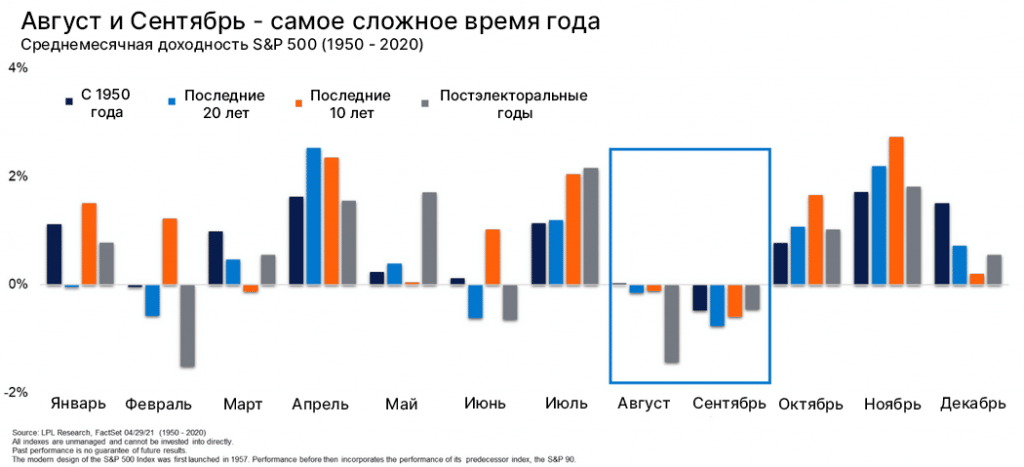
Characteristics of the seasonality of the market
The seasonality of the stock market can be traced in the first quarter of the year. Over the past ten years, the price of securities has increased in the first quarter. This is due to the allocation of global funds during this period. Liquidity is boosted by funds from the Pension budget, supplemented by December transfers from the federal pocket. Investor returns declined in the second quarter. The explanation for the trend is simple, is that the new appropriations have been distributed. The first public offers are made at the beginning of the year, profits are fixed, after which a wave of sales falls at the end of the first quarter. Studying the last decade, we can conclude that the liquidity of the third quarter is low. The summer months are a period of vacations, investors go on vacation, the seasonal factor in the market affects the prices of stocks. In September the situation changesa period of revival begins, characterized by new appropriations. In the fourth quarter, the US is setting the tone for the Christmas movement. In Russia, the consumer is becoming more active in the securities market.


How to analyze stock seasonality
When making forecasts, seasonal analysis benefits traders. The trading strategy is based on many years of experience in the stock market. The source of demand is all trading participants: traders, investors, government agencies, pension funds. The purpose of the analysis is to identify the period when the majority of stocks are in demand. The simplest approach is to calculate the average data. The analysis process takes place as follows:
- The quotes have been studied for several years.
- The prices of each day are taken for addition.
- Prices are divided by a factor.
The graphical representation of the result obtained in the form of a line demonstrates the price dynamics for the selected period of time. A passing line next to it is the arithmetic mean, it is highlighted in a different color.
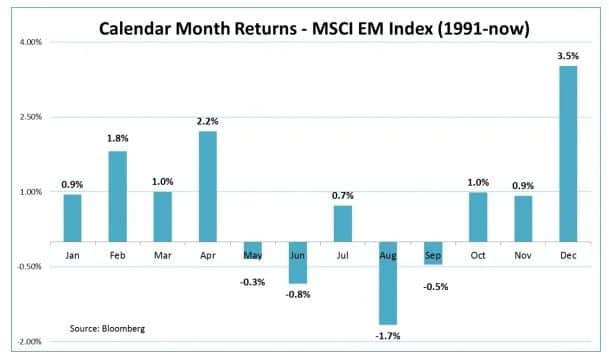
- Published opinions of analysts.
- Existing trend reports that are popular at this stage.
- Technical analysis charts comparing average values with current figures for a specific period.
- Analysis of companies one month before the publication of reports. Practice demonstrates the growth in the price of shares of successful firms before the start of the seasonal increase.
- Sector analysis.
- Analysis of changes in profitability compared to the general index.

Practical Examples – How to Look for Seasonal Patterns in Stocks
There are seasonal promotions on the stock market. Some of them are related to consumer behavior. For example, the tourism business is based on the desire of people living in the north to vacation in the Caribbean in winter. Shoppers are active from November to Christmas. Builders are active during the summer. If we consider agricultural crops, for example, corn, then it must be borne in mind that it is planted in the spring and harvested in the fall. At the time of harvest, there is always more of it. You can take into account such facts when concluding deals with shares of companies. Seasonal trends in stock prices develop as a result of events in the commodity markets. The mistake of traders is to misuse the dynamics of the market. It is necessary to consider the price of securities without reference to specific dates.The general tendency of a propensity to rise or fall must be studied for successful action.

- Determination of monthly prices with subsequent fixation of figures in the table.
- Mathematical calculation of the average price for the year.
- Divide the monthly price by the yearly average and subtract 1.
- Calculate the average for each month.
The plotted graph shows high corn prices at planting, low harvest figures. Another example of the seasonality of stocks is the prices of copper and non-ferrous metals, which depend on the activity of the construction industry.
